Banten, the Forgotten Kingdom
9 January 2020
Lim Chen Sian
Associate Fellow at the Archaeology Unit, ISEAS-Yusof Ishak Institute, Singapore
On 23 June 1596, four battered ships of the first Dutch trading fleet under Cornelis de Houtman anchored off the sprawling capital of Bantam (Banten). Avoiding Portuguese strongholds and patrols, and having lost more than half of the crew to disease and privations, they had journeyed 14 months before the vessels arrived at the legendary kingdom of pepper and rice. 17th-century Banten was the master of West Java, Sunda Strait and Lampung, southern Sumatra. It was an emporium to the archipelago and beyond, supplying rice to Portuguese-occupied Melaka and its famed pepper to the courts of India and China. The wealthy sultanate was also a nexus of religious learning, attracting Islamic scholars from the boundaries of the Indian Ocean.
At its height, the kingdom was one of the largest settlements within insular Southeast Asia. Its cosmopolitan population included Japanese mercenaries, Portuguese man-of-arms, and Gujarati trader-sailors. Merchandise from Europe, China, Japan, the Indian Ocean and the archipelago were found throughout Banten’s many markets. It was at Banten where the English established their first East India Company factory in the Far East. However, within a century of the arrival of the Dutch, the sultanate devolved into a client state of the Verenigde Oostindische Compagnie (Dutch East India Company), eventually dissolving and becoming extinct in 1830. Today, only ruins such as Fort Speelwijk and Surosowan Palace remain, attesting to the city’s once noble and neglected past.
Join archaeologist Lim Chen Sian as he explores the rise and fall of the forgotten kingdom of Banten in this fascinating talk.
Download transcript
Imagining the East Indies
16 January 2020
Daniel Tham
Curatorial Lead, National Museum of Singapore
The idea of the “East Indies” was a largely European construct, shaped by the European exploration of and commercial interest in Southeast Asia. This gave rise to the charting and imaging of the region and its peoples, with the resulting images of the East Indies disseminated and popularised through print. This talk explores some of the artwork currently on display in the special exhibition An Old New World: From the East Indies to the Founding of Singapore, 1600s−1819, and demonstrates how these images reveal, more than anything, the European imagination of the East Indies.
Download transcript
In Service of John Company: Life in the English East India Company in Asia (c1800s)
13 February 2020
Dr Donna Brunero
Senior Lecturer, Department of History, National University of Singapore
By 1800, the English East India Company (EIC) was already a formidable presence in India, with factories stretching throughout Southeast Asia. Trade routes were relatively well known, and so too, were the profits that some private trade could yield. What, then, was it like to work for the EIC? What could one expect on a voyage out to Asia? How did factory life operate, and why were some postings more desired than others? How were factory gossip and reports on the lives of EIC servants important in shaping careers and fortunes?
By asking such questions and examining sources from the EIC, including artefacts from the National Museum of Singapore’s An Old New World Bicentennial exhibition, Dr Donna Brunero explores a deeper understanding of the EIC and the lure (and sometimes trials and tribulations) of a career in Asia.
Download transcript
Shakespeare & Singapore, 1900–1975
5 March 2020
Dr Emily Soon
Research Fellow, National Museum of Singapore
What role did Shakespeare play in 20th-century Singapore? How did individuals from Singapore’s diverse ethnic communities respond to, and rework, the plays of this English Renaissance playwright? Beyond the classroom, how did students and teachers creatively adapt Shakespeare’s texts to better resonate with life in this tropical city? This talk explores the Shakespearean threads within Singapore’s multicultural history, tracing how people in Singapore engaged with Shakespeare as the island transitioned from being a British colony to an independent Southeast Asian state.
Download transcript
Recovering the Complex Legacies of Kampong Melaka and Kampong Bengkulu: Two Forgotten Neighbourhoods of Early Communities
29 July 2020
Imran bin Tajudeen
Visiting Senior Fellow, Department of Malay Studies, NUS
The urban wards named Kampong Melaka and Kampung Bengkulu appear in several maps of colonial Singapore. How did these two neighbourhoods of early communities develop when they were not reflected in the Raffles Town Plan (the "Jackson Plan") of November/December 1822? In this talk, Dr Imran Tajudeen will discuss what actually developed in colonial Singapore within and beyond the colonial grid of representation, and, through the micro-histories of Kampong Melaka and Kampong Bengkulu, reconsider the conventional narratives and framing of the colonial city, particularly our present assumptions about the "Jackson Plan".
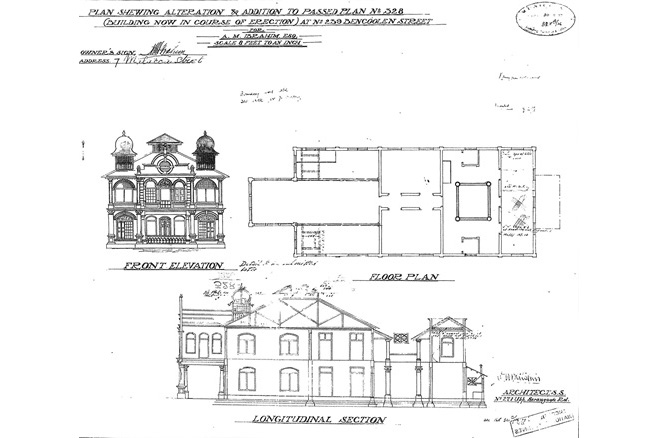
Image: Plan showing alteration and addition to compound house at 239 Bencoolen Street, later renumbered as 81 Bencoolen Street, 1926. Courtesy of the National Archives of Singapore.
Songs of Singapore
8 August 2020
Bernard Tan
Emeritus Professor of Physics, National University of Singapore
Moderated by Eugene Dairianathan, Associate Professor, National Institute of Education, NTU
This lecture was presented as a livestream as part of the museum's National Day Celebrations in 2020.
Have you ever wondered about the origin of the National Day songs sung at the National Day Parade each year, or catchy community tunes like “Singapore Town” or “Chan Mali Chan”? Many of the national songs we know and love today were especially commissioned and compiled in the 1980s for Singaporeans to sing together at communal and national events. Join us for this special edition of HistoriaSG with our speaker Professor Bernard Tan and moderator Eugene Dairianathan. Professor Bernard Tan, who sat on the early Sing Singapore committee, will share more about the challenges of creating and promoting original national music in the years after Singapore’s independence, as well as the development of National Day songs over the years.
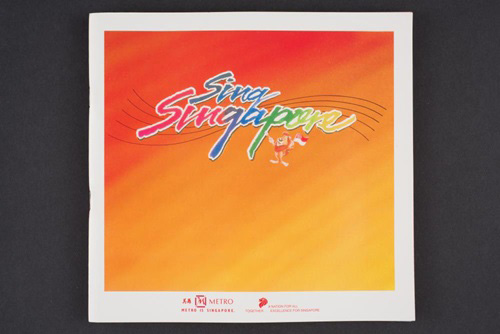
Image: Sing Singapore song book, 1988. Collection of the National Museum of Singapore, National Heritage Board
75 Years on: Reflections on World War Two Commemoration in Singapore
28 September 2020
Hamzah Muzaini
Assistant Professor, Department of Southeast Asian Studies, Faculty of Arts and Social Science, NUS
Presented in conjunction with the 75th anniversary of the Japanese surrender during World War Two, Dr Hamzah Muzaini will share about the evolving ways in which the global conflict has been commemorated in Singapore since achieving independence in 1965. He will then explore some of the issues and challenges of war commemoration that have emerged in the country over the years, as well as how these reveal our heterogenous and shifting attitudes towards the conflict, and how the conflict is remembered in Singapore today.

Image: Civilian War Memorial, 1970s. Collection of the National Museum of Singapore
Behind Memoirs of a Flying Tiger – Dialogue with World War Two Pilot and Veteran Captain Ho Weng Toh
20 February 2021
Captain Ho Weng Toh, currently 101 years old and one of the last remaining Flying Tigers, has lived a vibrant life: from growing up in Ipoh and studying in Hong Kong, to becoming a Chinese Air Force B-25 bomber pilot during World War Two, and, finally, settling down in Singapore to train an entire generation of local pilots for Singapore International Airlines (SIA).
In 2019, Captain Ho documented his experiences as a bomber pilot and the trials and hardships of the war years in the book Memoirs of a Flying Tiger.
Join us for a dialogue with Captain Ho at the National Museum of Singapore, where he and co-writer Jonathan Y. H. Sim will share more about the writing of his memoirs and discuss his experiences during th
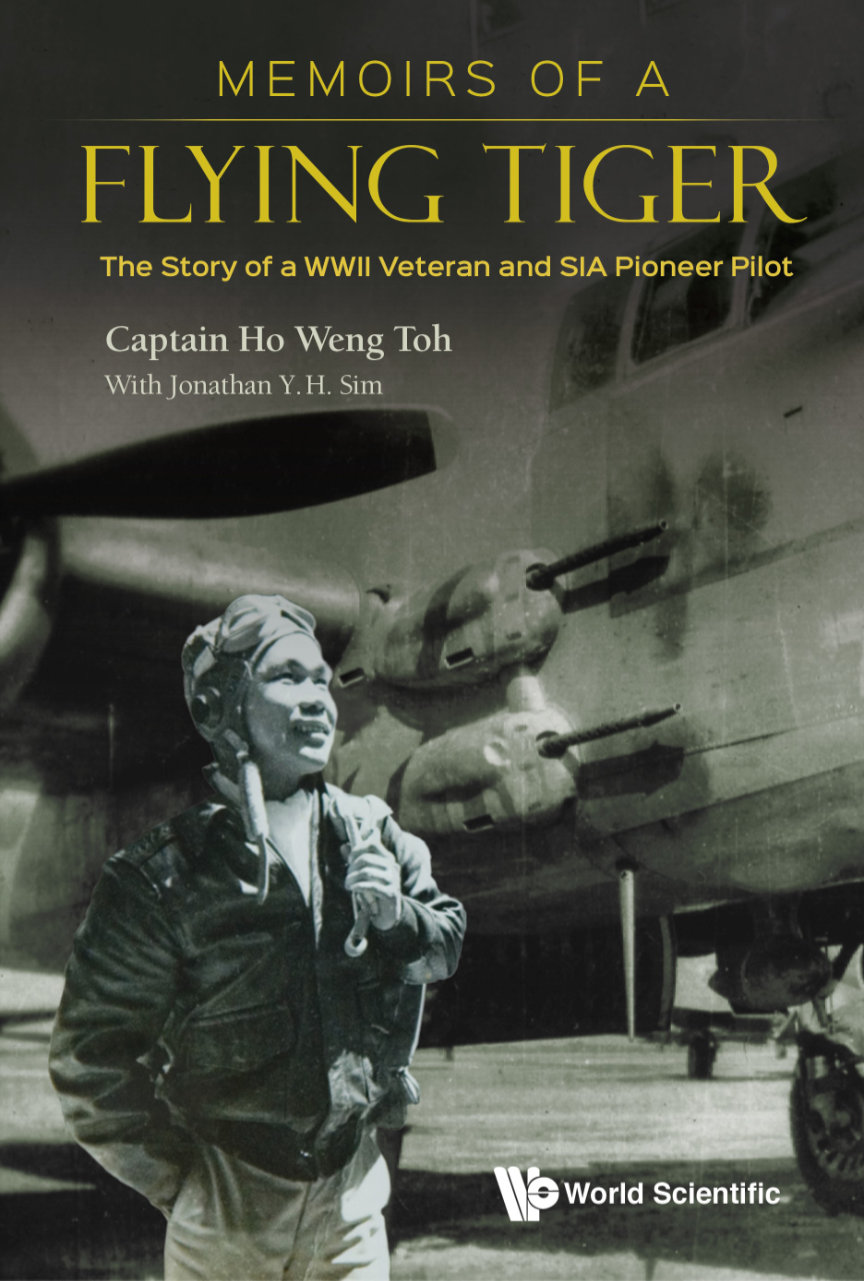
Curation in a Time of Pandemic: Behind the Scenes of Home, Truly and Picturing The Pandemic
20 May 2021
Join us for a behind-the-scenes look at two of the National Museum's special exhibitions – Home, Truly: Growing Up With Singapore, 1950s to the Present and Picturing the Pandemic: A Visual Record of COVID-19 in Singapore.
Both exhibitions were put together in 2020, the year when COVID-19 swept the world and affected every aspect of our lives. What were the challenges faced by the curators of the two exhibitions, and how did they adapt to, innovate for and (re)create museum experiences in a time of pandemic?
Find out more in this special dialogue session that brings the curators together in conversation.
This programme was held in conjunction with the exhibitions Home, Truly: Growing Up with Singapore, 1950s to the Present and Picturing the Pandemic: A Visual Record of COVID-19 in Singapore.

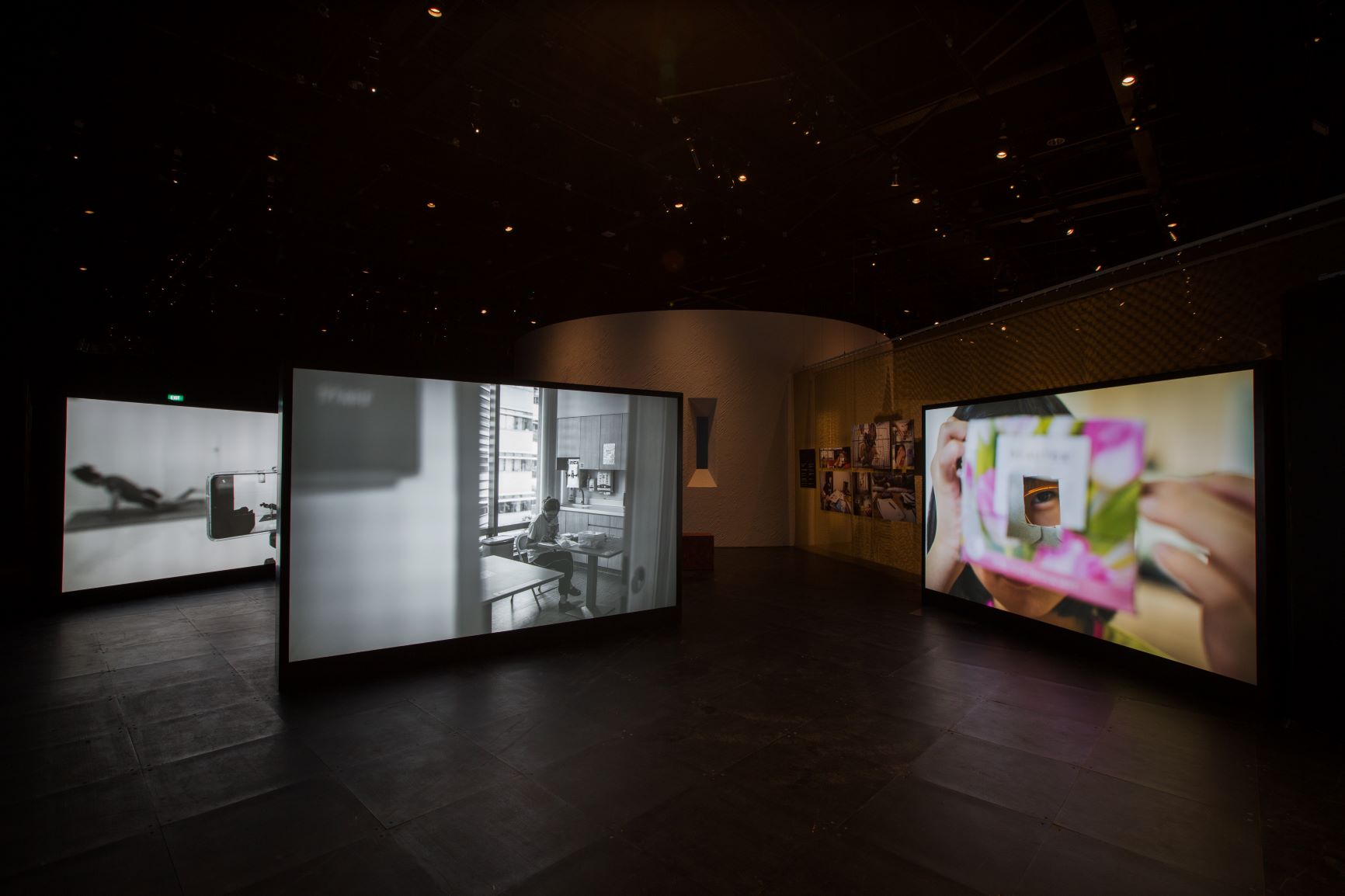
Constituting a Nation
31 August 2023
Kevin Y. L. Tan
Adjunct Professor, Faculty of Law, National University of Singapore
How did the Singapore Constitution come to be, and how did it take its current form? From a colony to self-government, to a state in Malaysia and then finally an independent nation, the road of Singapore’s constitutional development has seen many twists and turns. In this talk organised in conjunction with the Founders’ Memorial’s pilot exhibition Semangat yang Baru: Forging a New Singapore Spirit, constitutional law expert Kevin Y. L. Tan takes you through some of the ups and downs of this journey.
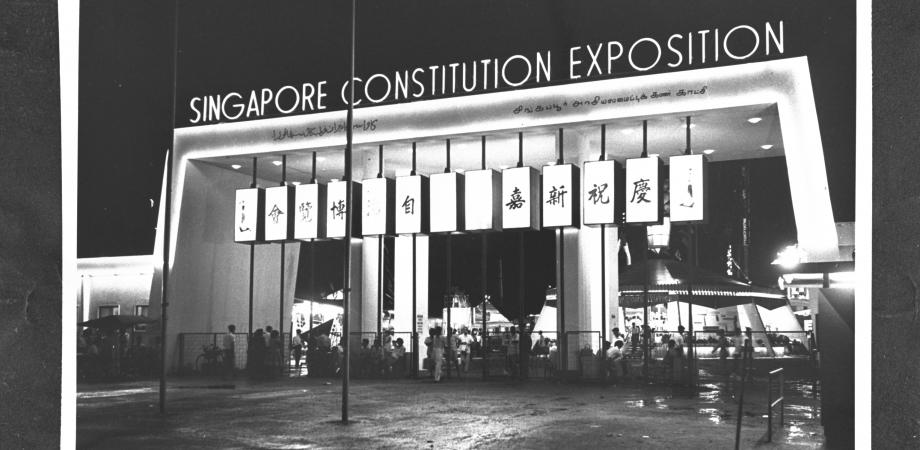
Forging the Social Structures of a Nation
26 October 2023
The late colonial period of Singapore's history is usually and unavoidably focused on key events and the personalities involved. Parallel to those were equally epochal yet understated structural changes intended to refashion Singapore's colonial society into something that was more cohesive. This talk outlines the social policies and their underlying philosophies and objectives as introduced by the British from 1945. As the objective of forging a nation was shared, those policies have been adopted and adapted by successive governments, resulting in lingering legacies we still experience in the contemporary Singaporean nation.
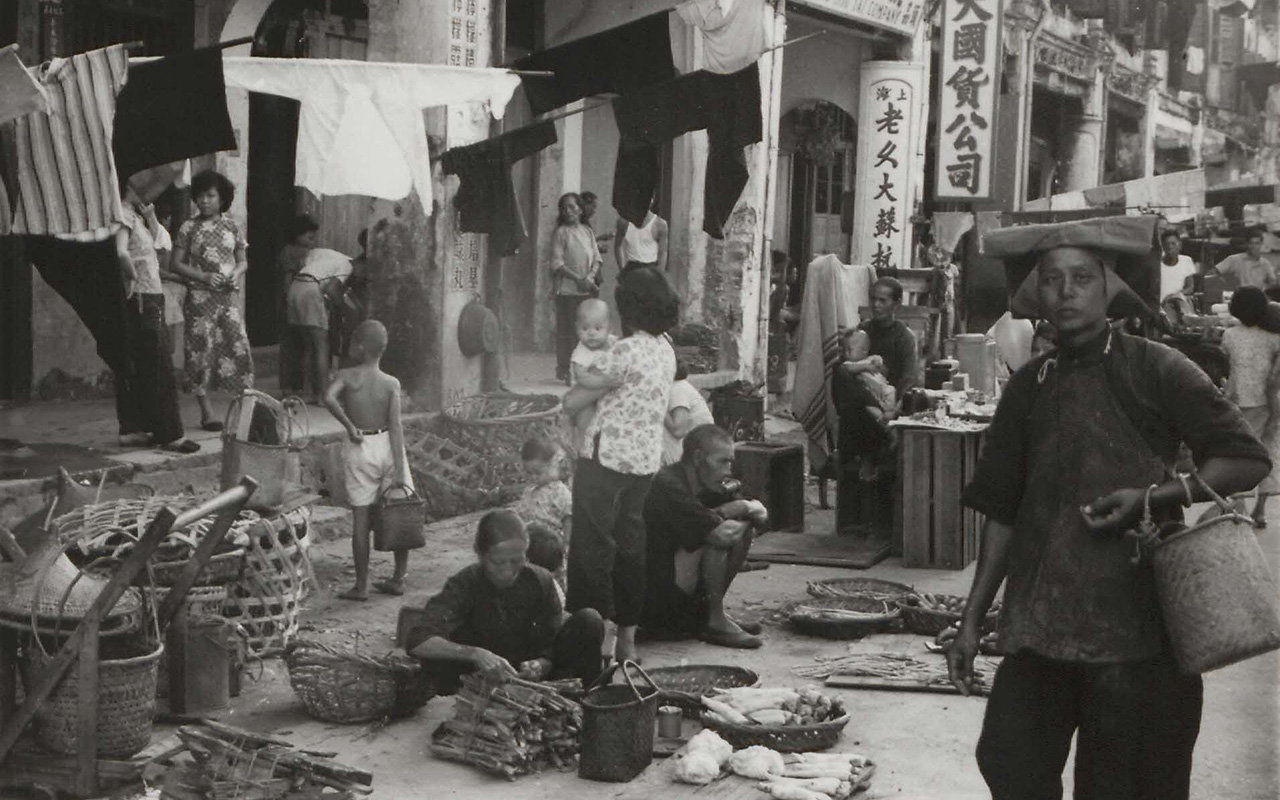
Photo: A street market in Chinatown, 1954. Arthur B. Reich Collection, courtesy of National Archives of Singapore.